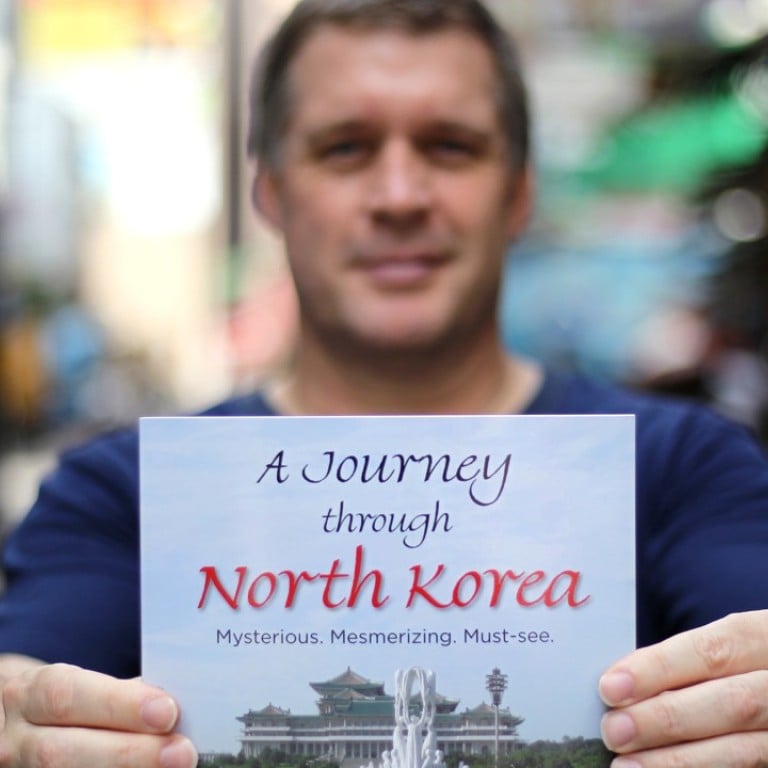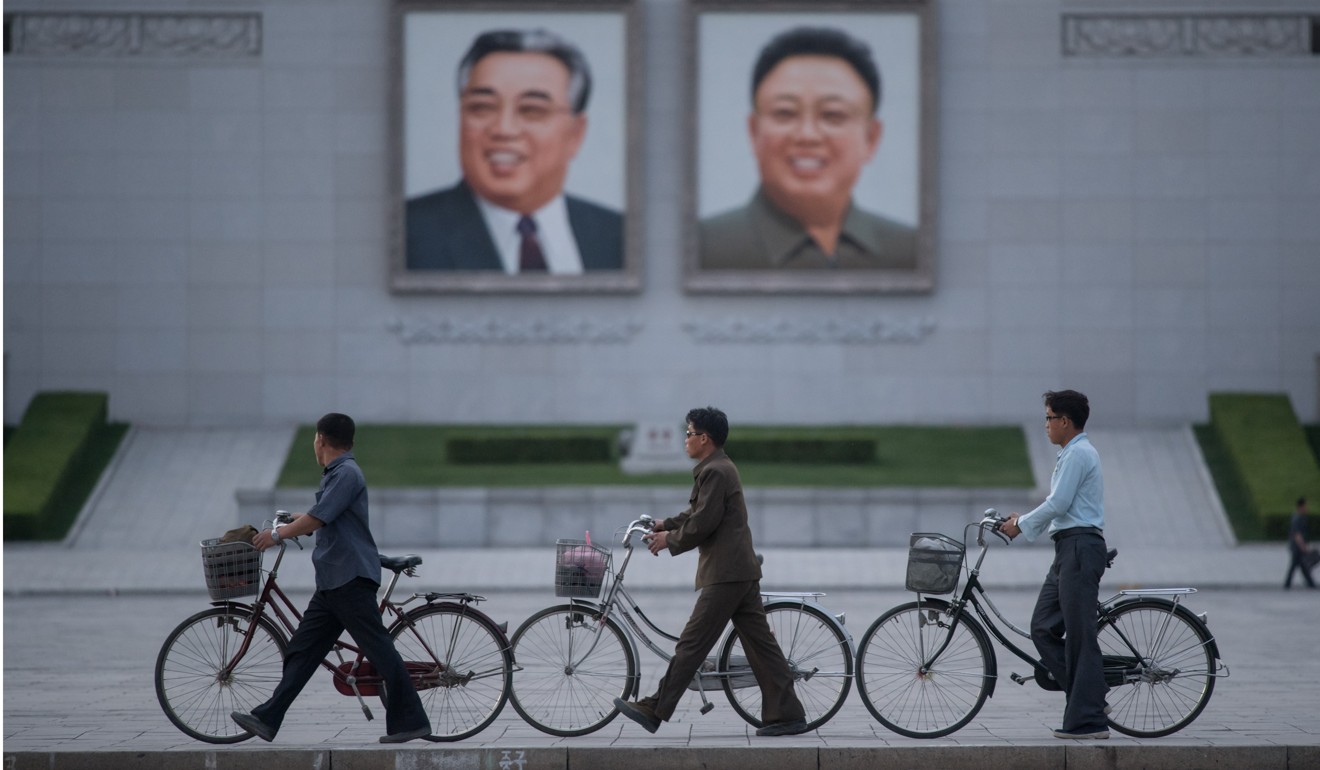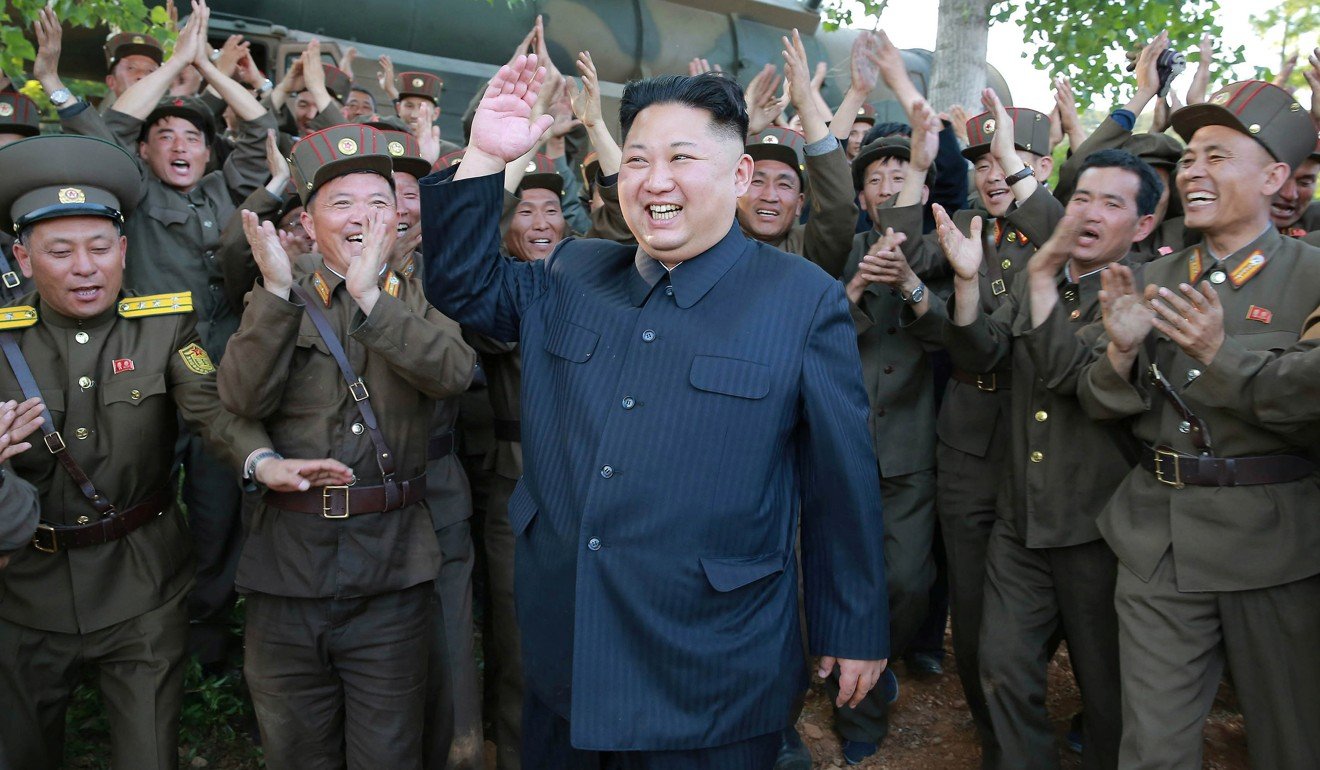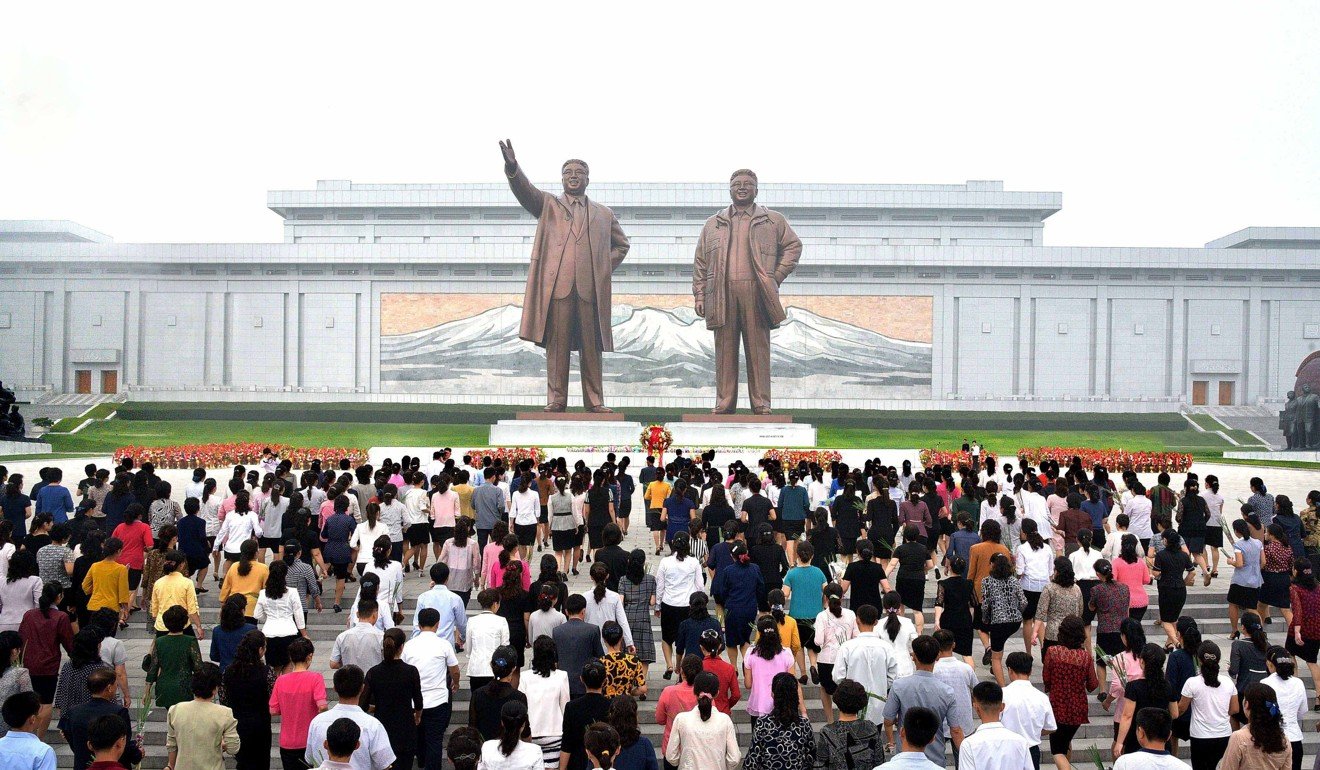
Hong Kong teacher pushes boundaries and trains future tour guides in North Korea
Ronny Mintjens went to teach English to trainee tour guides but soon realised there would be difficulties – which prompted his surprising solution
In the capital Pyongyang, he had been given a textbook and especially told to teach chapters one and two – advertising and critical thinking – which he knew would be difficult given that both subjects are forbidden in one of the world’s most secretive countries.
So, it was not hard to imagine that both Mintjens and his students at Pyongyang Tourism College were not enjoying their first day of the 2½-week summer programme in 2016.

“The teaching materials were completely removed not only from their world, but also from the job they have to do,” Mintjens says.
“They needed to be comfortable and confident when speaking with foreigners, which they had never practised because they were stuck in the classroom with Korean teachers.”
It was then that Mintjens then did something unheard of in the totalitarian one-party state – he asked for freedom to teach the students the way he wanted.
Preparations for peace at the border ahead of Korean summit
“I don’t think this is what the students need,” he told the principal after his first lesson.
“I don’t think this is the best I can offer to your students. Please give me the freedom to do things my way.”
And the principal did, except extra staff were sent to the classroom to observe his teaching style, although Mintjens believes they were there to make sure the foreign teacher did not cross the line.
Still, he managed to teach in his own way by having small talks in English with dozens of his students, aged 18 to 24, ranging from their favourite food and films to their hobbies and families.
“They just loved it,” Mintjens says. “I could see in their eyes that they finally had the freedom to speak from the heart, rather than from memory.”

It took Mintjens 10 years to get there and build trust with people in which many consider as the most secretive country in the world.
Mintjens, a father of three daughters, first visited the capital Pyongyang in the summer of 2006 as a tourist, after he moved to Hong Kong from his home country of Belgium for a teaching job.
He says he was looking at a map and thought of the places that he always wanted to visit but had never been. And that was then the idea of visiting North Korea first crossed his mind.
“I never thought it was a scary place,” Mintjens says of his ideas about the country before he went there. “I just knew it was different. And I wanted to know how different it was.”
Hard partying North Korean tour groups in spotlight after Otto Warmbier death
“I tried to have some conversations with the people there, but I was only able to speak to my [tour] guides. And they didn’t provide much information,” Mintjens says. “When I left the country, I felt I had more questions than before I went there.”
As a former tour guide in Belgium, Mintjens got approval from the travel agency to design his own itinerary outside the capital and form his own tour group. Since 2006, he has travelled to North Korea at least once a year.

Mintjens, who teaches French, Spanish and English at a Hong Kong school, has also designed two hiking tours in North Korea, where he had more interaction with local hikers and the families who put him up. It was then he started to ask: “Is there any chance for me to teach English?”
But he received the same answer from different North Koreans – the chance was slim because it was the Belgian’s fifth language, not his mother tongue.
Surprisingly, in March 2016, Mintjens received an email from one of his local friends, saying the college wanted to invite him to its voluntary summer teaching programme. Since then, he became a regular foreign teacher on the college’s summer programme, which Mintjens believes is a first.
Why Chinese tourists are flocking to North Korea
“You don’t really know the network in North Korea, you might think this person is only involved in tourism, but they have connections everywhere,” Mintjens says about why he thinks he was chosen.
“Everything is interconnected. So, tourism, culture and education are probably part of one single big umbrella. They must have put in a good word for me.”
Mintjens has videotaped some of his interactions with the students and uploaded them on YouTube, as he wants “the world to see that people in North Korea are no different from students at any other universities”.
In July, Mintjens will return to the country as a voluntary teacher for the third time.
“I feel I still know very little about this country, even though I have been going there for more than 10 years,” he says. “So, when I go back this summer, I’ve got 100 questions for my students.”

